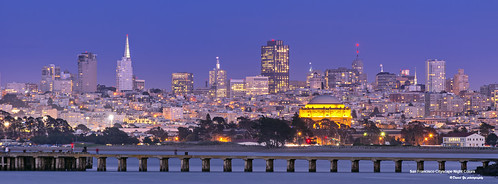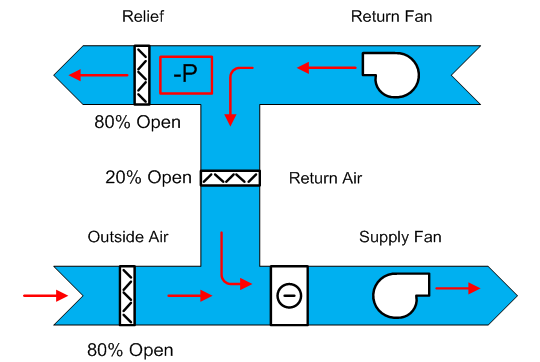Over the past year or so, I've been involved in several online discussions where the question of how to define what a green building is has resulted in some very interesting comments. A lot of it stems from some people’s view that the USGBC’s green building rating system, LEED, amounts to nothing more than “green washing” and does not result in more sustainable buildings. They argue that because buildings can obtain certification with minimal improvement in energy use over code minimums, it doesn't work.
A lot of these same folks have very impressive resumes and with podium-bashing adamancy claim that the only true measure of a green building is its energy consumption. That’s it – look at the building’s energy use intensity or EUI and you’re done. Got a low BTU/SF/YR? You get a plaque. Doesn't matter that you built your building on a green field, with no access to public transportation, imported all the steel from China and your office furniture comes from overseas and is made with formaldehyde, PBDEs, benzene, etc. Oh yeah, and the contractor wasn't required to recycle any of the construction waste either. Why should he? It takes more effort and, after all, doesn't reduce the building’s energy use.
One point made by the EUI camp is that currently the only significant component of a “green building rating” that is truly dynamic is, in fact, the energy use. Once it’s built, a building’s recycled steel structure and low-VOC finishes are there to stay. Simple adjustments to a building’s energy consuming systems such as lights, HVAC, etc. can, however, have dramatic effects on the building’s energy use. They note that this is a significant issue and I wholeheartedly agree. LEED now requires the annual reporting of energy consumption for their use but there is no penalty for not achieving the levels predicted by the energy model. I think the first round of data analysis by the folks at the USGBC will be very telling. It should answer the question definitively - are sustainable or green buildings using less energy than the norm?
I think most in the building industry would agree that “green” and “sustainable” are synonymous. One definition of sustainability is using a resource or resources in a manner that does not deplete them. Does this apply to energy consumption? Absolutely. Does it apply solely to energy consumption? How can it? The argument that energy use should be the only measure of sustainability would, for example, allow for a building to be built completely from old growth wood as long as it’s energy efficient. I ask: does anyone think that’s sustainable?
Without a doubt the energy consumed by a building is very important to consider. According to the DOE, buildings in the U.S. accounted for 41% of our nation’s energy consumption in 2010. Energy efficiency in the built environment must be paid close attention to, perhaps even given more weight by the current green building rating systems. However, to claim that this should be the only measure of a green building is misguided.
The key misunderstanding in my view is that the word “sustainable or “green” means more than just using less energy. It means considering all the aspects of a project and their impacts on the environment, resource use, and the health of the building occupants. Green building rating systems give credit for strategies in many different categories, not just energy, to help better the building’s total impact. For some projects, meeting the minimum energy efficiency requirements may be all that’s possible. I’m currently commissioning a manufacturing facility where that’s exactly the case. But because this facility is pursuing a LEED rating, they've undertaken numerous measures that will all have a positive impact on things such as indoor environmental quality, transportation efficiency and others that they otherwise may not have.
We still have a lot of work to do when it comes to building energy use both in terms of its design and its persistence, but we are getting better. Overlooking the non-energy related opportunities would be a shame. The LEED framework provides a holistic approach to sustainable building design and construction and that is just what’s needed to keep our industry moving in the right direction.







